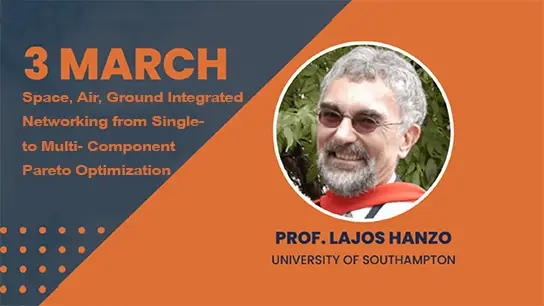UE Cooperative Communications for Future Cellular Networks
Aleksandar Damnjanovic; Xiaoxia Zhang; Tao Luo; Rajat Prakash; Mostafa Khoshnevisan; Arumugam Kannan; Fang Yuan; Shaozhen Guo; Luanxia Yang
-
Members: FreeVTS
IEEE Members: $11.00
Non-members: $15.00Length: 13:49:00
01 Jun 2023
The current approach to provide cellular service is for a Mobile Network Operator (MNO) to build and operate its own network. As the density of the deployed devices increases, it becomes necessary to deploy more cells and/or utilize more bandwidth. Finding new sites for deploying new cells is getting increasingly difficult, due to various reasons, such as permitting process, deployment, and operating costs. Utilization of more bandwidth is generally associated with use of higher frequency bands, such as mmW due to the lack of available spectrum in low to mid-band range associated with good capacity coverage tradeoff. Use of mmW for large macro cell sites, may not always result in adequate coverage due to increased losses through modern building materials, tree foliage, rain etc. In this paper, to address the limitations of the current approach, we propose and study a new approach, exploiting sharing and cooperation among UEs. Compared to a typical relaying approach, UE cooperation feature increases radio capabilities of the aggregated devices and could be largely implemented in a manner transparent to the network, allowing the devices to improve Key Performance Indicators (KPIs), such as coverage and capacity, without any further major capital investment in a cellular network.


